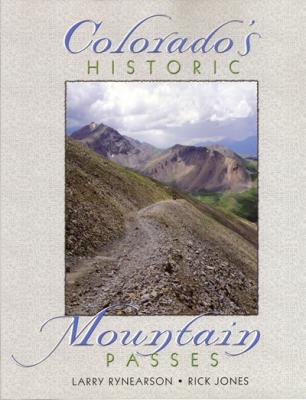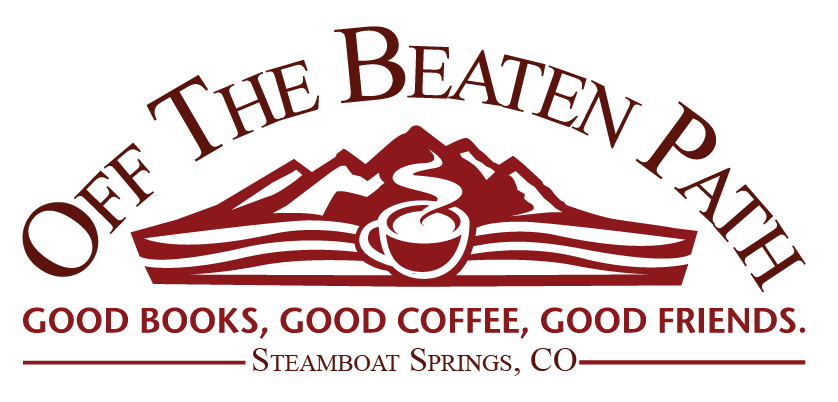
Colorado’s Historic Mountain Passes
Description
Colorado’s Historic Mountain Passes offers a new look at history by using the state’s mountain passes as the point of inspiration. Much has been written about the mountain peaks in Colorado, about the thirteeners and fourteeners, about when and how and who climbed or skied them. As interesting, beautiful and challenging as our lofty peaks are, the real story of Colorado can be found on the passes between those peaks.
By way of these passes, our state was settled by early explorers, adventurers and entrepreneurs. Rynearson has chosen to write specifically about “...ninety-two passes that were built for and used regularly by wheeled vehicles” including wagons, handcarts, and the railroads. Most of these passes are located west of Interstate 25 and have roads that were built from the late 1850s to the end of World War I.
Rynearson begins with a brief overview of the geology of the state and an introduction to some of its early inhabitants: Native Americans, explorers, surveyors, miners and railroad builders. He gives special attention to Otto Mears, who he calls “The Pathfinder of the San Juans.” Mears built around 450 miles of toll roads in important areas of southwestern Colorado including what he called the Rainbow Route—the spectacular road from Ouray over Red Mountain Pass to Silverton. The rest of the book is about the passes. He organizes them according to various regions of the state, marks them on maps, and gives us the GPS location, elevation, date of the first road over it and the county in which it is located. A color photo accompanies almost every pass history.
The histories are both informative and entertaining. Rynearson doesn’t just give us dry data about the passes. He has clearly conducted extensive research and has great enthusiasm for his subject matter. Each history is liberally peppered with lore, trivia, anecdotes, fact, science and natural history. We learn why the passes were needed, the people who used them, and how the passes got their names. For example, did you know that bootlegging was heaviest in the Fraser River Valley and the upper basins of Willow Creek during Prohibition? Or that in summertime the top of Independence Pass was so soggy it was necessary to build a narrow, one-way road of rocks and timber over it? When “...two freight wagons would meet, one of them would have to leave the road and go into the mud. The decision as to which vehicle got the right-of-way was settled by a ‘fist fight’ between the two drivers with the winner staying on the road.” This is a fun book—one you can dip into for a few pages or get lost in exploring entire areas of the state. Rynearson is a resident of Glenwood Springs and his enthusiasm for four-wheeling and history are evident.
Carole O’Brien
The Book Train
Glenwood Springs, CO
